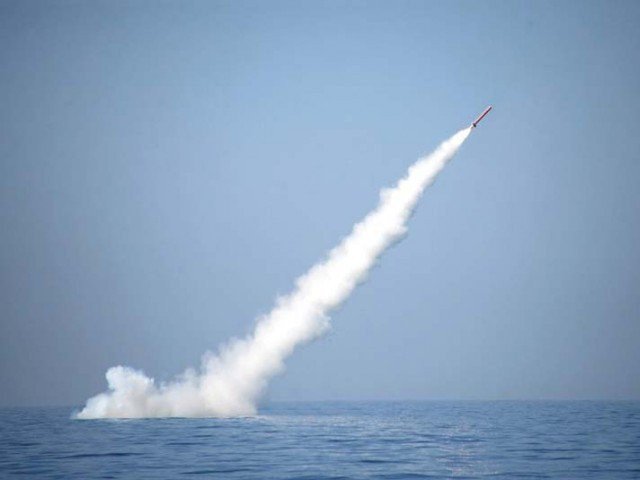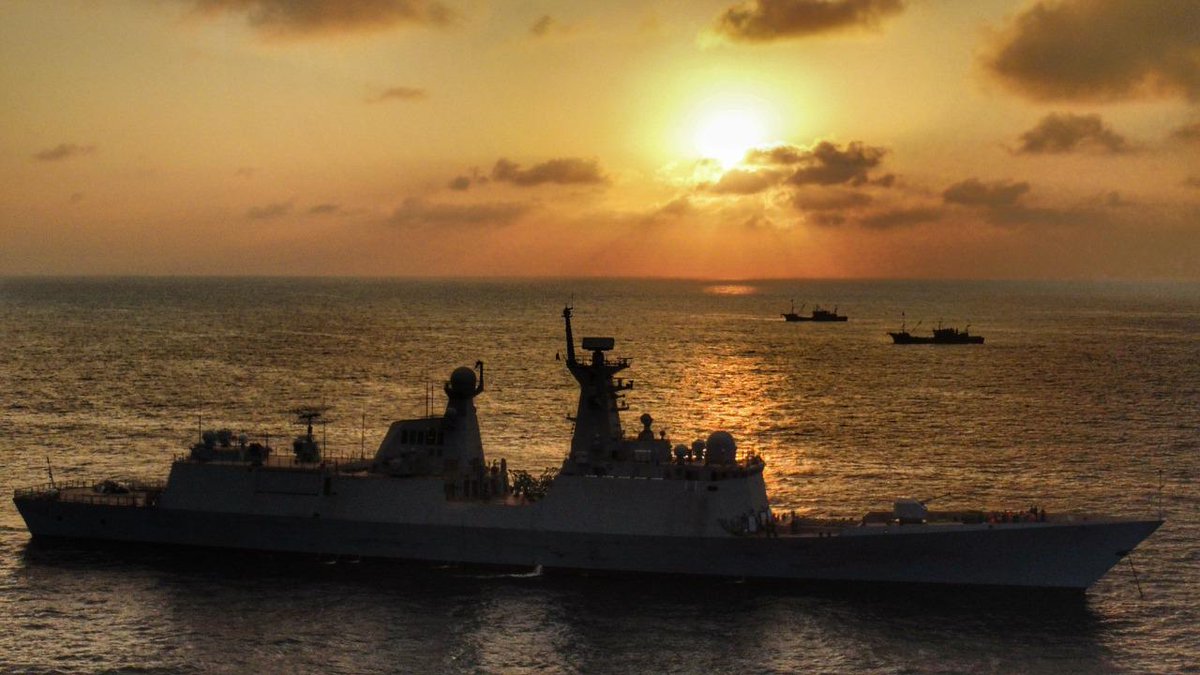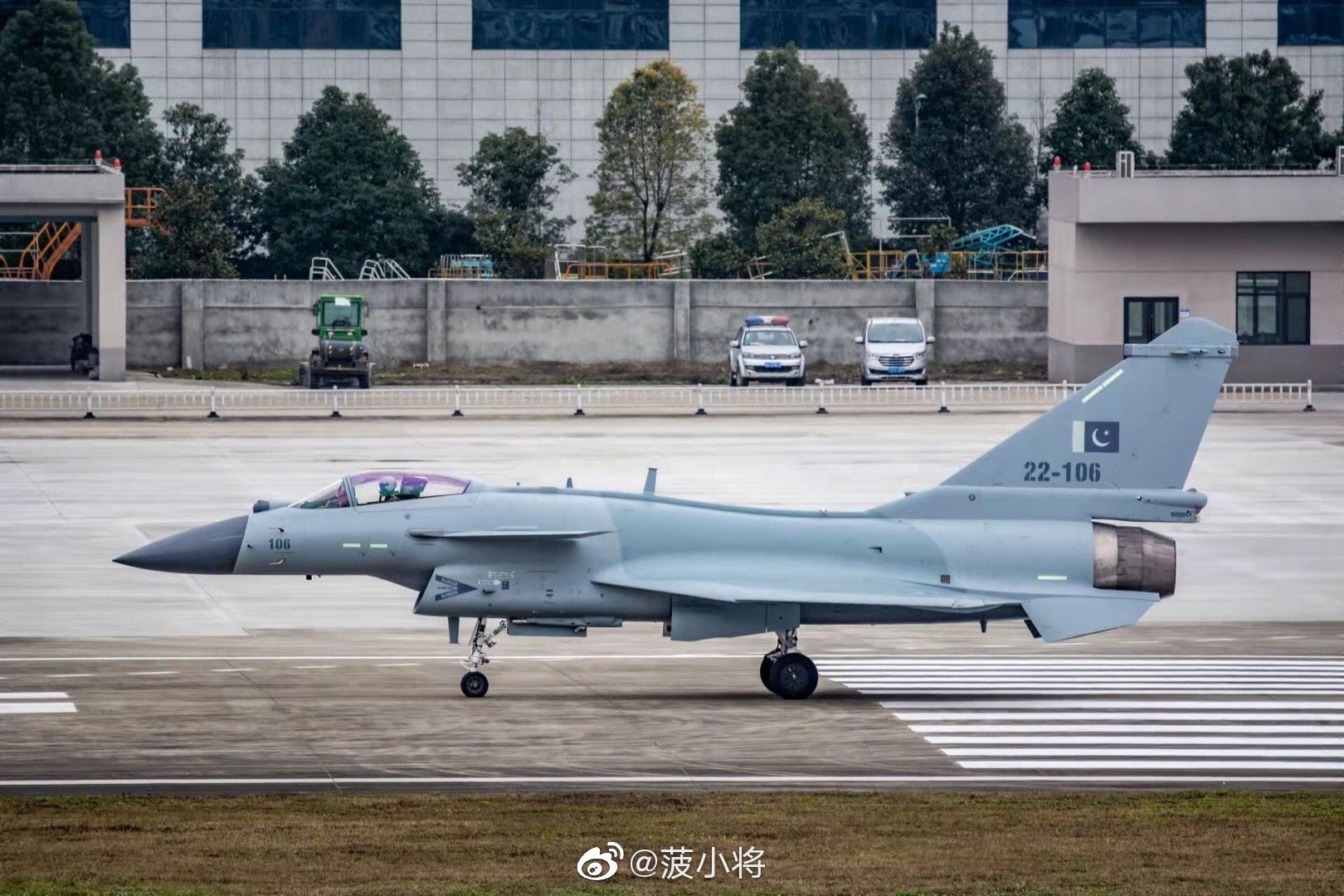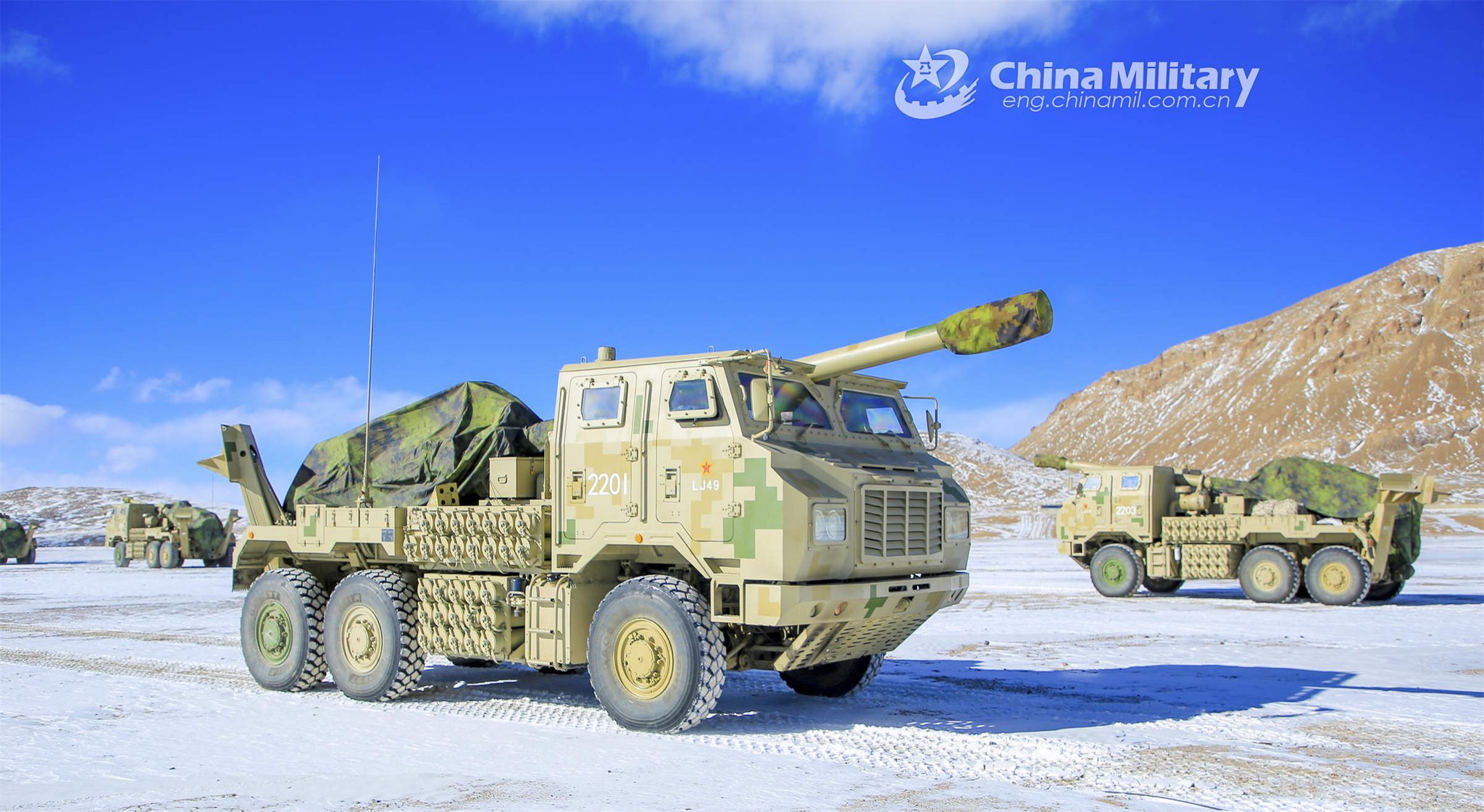China has been arming Pakistan with cutting-edge military equipment, the latest being the keel-laying of the second Hangor-class submarine. All this is to gain supremacy in the Indian Ocean Region and foment trouble for India.
In a recent move, the Pakistan Navy announced on February 14 that the keel for the second Hangor-class submarine was laid at the Karachi Shipyard & Engineering Works (KS&EW) facilities in the presence of Admiral Naveed Ashraf, the Chief of the Naval Staff, who was the chief guest for the event.
The submarine is being developed with assistance from China, and the keel laying ceremony was a significant milestone for Pakistan’s indigenous submarine development project, a press release published by the Navy stated.
Under the terms of the defense agreement between Pakistan and China, four of the eight Hangor class submarines are presently being constructed at Wuchang Shipbuilding Industry in China, and the other four are being made at KS&EW as part of a technology transfer (ToT) arrangement.
The keel for the first Hangor-class submarine was laid at the same shipyard facility on December 27, 2022. At that time, the Pakistani Navy described the event as a major milestone in the history of any naval vessel being constructed in the South Asian country.
Keel laying ceremony of Second Hangor Class Submarine held at Karachi Shipyard 🇨🇳🇵🇰
The keel Laying Ceremony of the second HANGOR Class Submarine was held at Karachi Shipyard & Engineering Works (KS&EW).
Chief of the Naval Staff Admiral Naveed Ashraf graced the occasion as… pic.twitter.com/dWC7hyjn3I
— Global Defense Insight (@Defense_Talks) February 14, 2024
Although specific details about the Hangor-class submarine remain shrouded in secrecy, it is widely known that they are an export variant of the Chinese People Liberation Army Navy’s Type 039A/041 Yuan-class submarines. Pakistan agreed to buy eight of these submarines from China in 2015 to strengthen its maritime security in the Indian Ocean.
When the agreement was signed, the authorities said the eight vessels would be delivered to the Pakistani Navy between 2022 and 2028. However, as of now, the vessels are still under construction.
Admiral M. Amjad Khan Niazi, the then Chief of the Naval Staff of the Pakistan Navy, told the Global Times in an exclusive interview in January last year that the Hangor-class submarine project between China and Pakistan was moving forward steadily and that the boats equipped with the air-independent propulsion (AIP) system were currently being built in both countries at different stages of construction.
Niazi also said that the Hangor-class submarine project was moving along at a steady pace, with the submarines undergoing different assembly phases in China and Pakistan. “The project is continuing as per the intended timeline despite certain delays due to COVID-19 and technical intricacies,” added the official.

The propulsion system of Hangor-class submarines has not been made public by Pakistani officials, even though many analysts believe the Hangor is based on the Stirling AIP system utilized in China Shipbuilding and Offshore International Company’s (CSOC) S26 design.
The AIP technology installed on these conventional, contemporary submarines will greatly improve their capacity to endure underwater, Admiral Niazi told the Chinese state-owned publication. Although the specifics of the vessels remain shrouded in secrecy, the Admiral said that the submarines would be outfitted with the latest sensors and armaments.

The Pakistan Navy does not provide any information about the armament systems or subsystems of the Hangor-class submarines. However, a Pakistani source who did not want to be named told EurAsian Times that the submarine would be equipped with the Pakistani Babur III missile, among other unspecified weapons.
Several reports have indicated over the years that the Hangor-class submarine may perform a range of missions based on operational requirements. Modern weaponry and sensors will enable the submarine to operate in a multi-threat environment and engage targets at a distance. It will also boast sophisticated stealth features.
The construction of the Chinese submarines in Pakistan is yet another example of their deepening military and defense cooperation. A report called ‘Chinese Military Power’ – 2022 report, published by the Pentagon, observed that China seeks to achieve its “national rejuvenation” objective by 2049 with the help of international partners, such as Pakistan. For this, it has taken on the responsibility of arming Islamabad to the teeth.
China’s leaning on Pak’s shoulder for IOR and LAC supremacy
China’s arming of Pakistan is not just limited to building and delivering submarines although they are a key component of that arrangement. With both China and Pakistan looking to expand their presence in the Indian Ocean Region (IOR), the construction and fielding of submarines becomes a strategic imperative for the Pakistani Navy.
Pakistan is significantly modernizing its submarine fleet so that it is not far behind India. China has also armed the Pakistani Navy with four multi-role frigates (Type 054-A/P), for which a contract was signed in 2018. The delivery of all four ships was completed in April 2023.

These frigates are an export version of China’s most advanced warship ever built and commissioned. They are highly advanced guided-missile frigates, which are expected to boost the combat power of the Pakistan Navy and its operational preparedness.
Besides the Pakistani Navy, the Pakistani Air Force (PAF) has also been supplied with modern equipment. The most significant of these is the J-10C combat aircraft, which the PAF refers to as “dragon from the East.” Pakistan has so far received twenty of these aircraft. The PAF hails them as essential tools for maintaining the ‘security balance’ in the region, projecting them as rivals of the Indian Rafale.

Next is the JF-17 aircraft, which was jointly developed by Pakistan and China. The latest variant of the JF-17 “Thunder” fighter aircraft from the Pakistan Aeronautical Complex (PAC)/Chengdu Aircraft Corporation (CAC) is now being inducted by the Pakistan Air Force (PAF). The PAF announced in mid-November that it had gained various capabilities over the previous Block II version of aircraft with the new Block III aircraft. “Superior maneuverability, extended range, and enhanced combat capabilities” are among them, it claimed.
China and Pakistan held a combined naval drill in 2020–21, during which China armed Pakistan with unmanned aerial systems (UAVs) that could hit targets, including the Caihong and Wing Loong models. These are spy vehicles, and Pakistan has been using these against India in the border region of Jammu.
The Pakistan Aeronautical Complex and Chengdu Aircraft Corporation of China announced in October 2018 that they would work together to construct 48 Wing Loong II UAVs for the Pakistan Air Force.
In addition to supplying unmanned aerial vehicles, erecting communication towers, and installing underground cables along the Line of Control, China has also been assisting the Pakistan Army in developing its defense infrastructure, according to officials.

The Pakistani Army has benefitted from the delivery of the SH-15 155 mm/52 caliber wheeled self-propelled howitzer (SPH) from China. The second batch of this vehicle, which is based on the Shaanxi 6×6 truck, was delivered last year. The SH-15 is an export designation of Norinco’s PCL-181 155 mm wheeled SPH. The Army is slated to receive a total of 236 SH-15s.
Pakistan has also acquired the Chinese VT-4 tanks from China. On induction of the first batch, the service said, “The VT-4 is compatible with any modern tank in the world, integrating advanced armor protection, maneuverability, firepower capabilities, and state-of-the-art technology.” There are also reports that Pakistan would begin producing these tanks locally under license. Islamabad has reportedly acquired at least 300 tanks.
Military analysts have observed that Beijing intends to strengthen Pakistan’s military in the upcoming years to foment trouble for India, with which it remains marred in a border dispute along the Line of Actual Control (LAC).
Pakistan is expected to acquire fighter jets, advanced assault rifles, drones, air and ground detection systems, and submarines, among other armaments.
- Contact the author at sakshi.tiwari9555 (at) gmail.com
- Follow EurAsian Times on Google News




